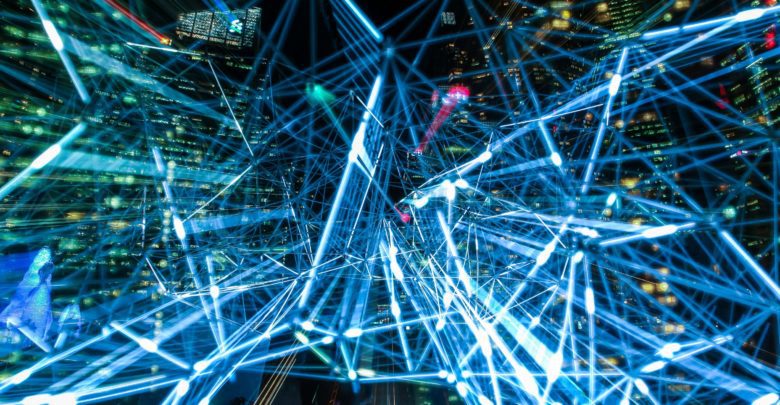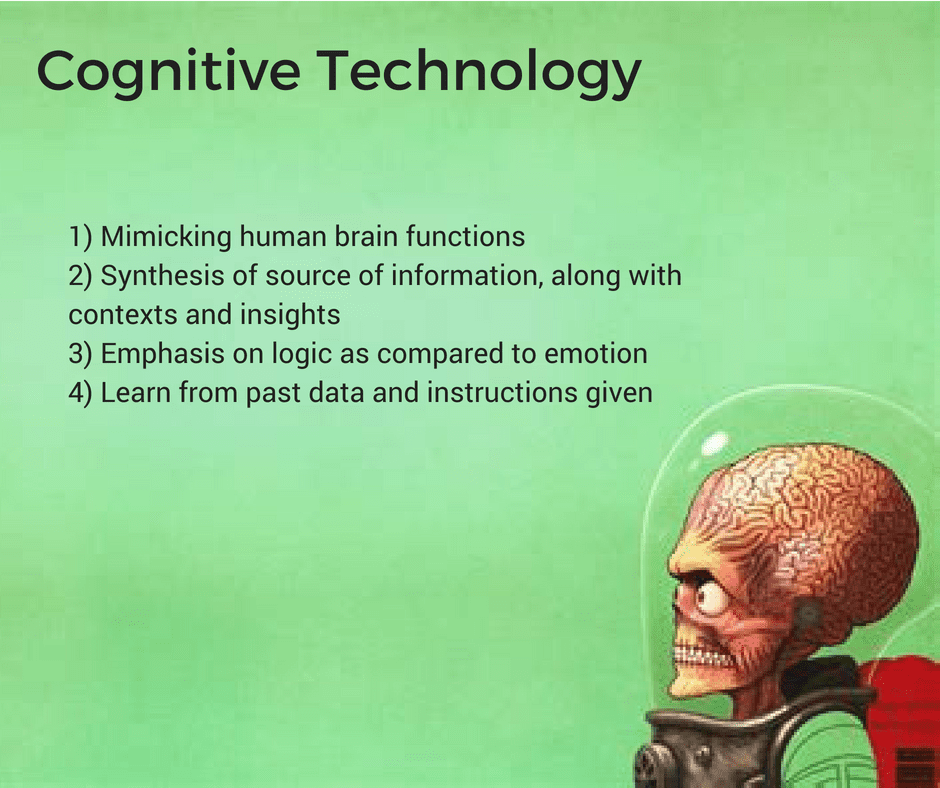
By now, we are surrounded by an insurmountable amount of data, and all the solutions to most of our existing or future problems are all out there. We just need ways to bring meaning to this unstructured data. One of the ways, we’ve known to achieve this is via machine learning. While this technology continues to impact the industrial ecosystem, the next frontier that would need its immediate assistance is the natural ecosystem – a.k.a the environment.
Cognitive technology
Environmental conservation is a serious business and though it appears strong in theory, the reality tells a different story. As the climate changes, pollution & loss of bio-diversity affects the weather data, it’s leading to an undesirable scenario for the future. But we’ve also reached a point with technology, that today more than ever, we have the necessary information & insights to overcome the challenges that lay ahead of us. At the center of it all is the key to unlocking the environmental goals of the future and that is – Cognitive technology. Basically, a process that allows machines to mimic the way the human brain works. Though, it isn’t as simple as it sounds but gives us the context that it is one of the best ways technology can achieve an understanding of nature.
Cognitive technology. Basically, a process that allows machines to mimic the way human brain works.

With the ability to observe the patterns & learn from the complex set of data, the cognitive process sets the tone for a sustainable future. It is however important to identify how this technology can fruitfully contribute towards these goals. Let’s look at some instances where AI will be responsible for shaping the future of our environment:
“Cognitive computing acts as an advisor. Artificial Intelligence takes that a step further by acting as an assistant” Jaspinder Grewal, CARESKORE
1) Muskian Vision: Elon Musk has been one of the most influential names when it comes to AI (Open AI) as well as clean technology (Tesla, SolarCity). It is interesting to take note of how he aligns his vision to drive disruption in various industries. However, the context in which this is significant here is to have that vision to disrupt the clean-tech space with the help of cognitive technology. There’s a great scope for innovation here.
For example, The autonomous electric car would make a huge difference in the future with its smart navigation technology, reducing the carbon footprint and also highlighting the safety of passengers while ensuring it’s a smooth ride & protecting the environment.

2) Environmental Alertness: One of the first things that the advanced understanding of machine learning can make possible is the detection of climatic changes & also help us learn about the causes. The process will be faster and definitely help organizations to take the needful steps in the right direction in a timely manner to avert any future crises. An environmental assessment with the aid of cognitive technology would allow us to derive better insights to plan for a better future.
3) Animal Conservation: There’s this incredible technology that has been created to help prevent rhino poaching. I’ve known about this technology for quite some time and it is indeed promising. What it does is it monitor the heartbeat of the rhino in real-time and sends the data to a team of enforcers in case the rhino senses any danger in its nearby environment. The team comes to its rescue upon receiving the alert signal. The technology is for research and conservation purposes. Real-time anti-poaching Intelligence Device (RAPID) uses GPS, a camera mounted on top of the Rhinos’ horns, and a heart rate monitor to ensure the species is protected in their habitat.
4) AI For Earth: In the second half of 2017, Microsoft announced one of its ambitious initiatives to power technologies that aim to solve some of the biggest environmental challenges of this planet with AI for Earth. This initiative is focused on applying artificial intelligence to 4 environmental risk areas such as climate change, agriculture, bio-diversity & water.
Some of the applications range from species abundance modeling to live poacher detection in drone imagery.
FarmBeats, one of the programs under AI for Earth is using AI to focus on how to provide enough food to feed an unexpected worldwide population by the year 2050.
It is important to address the fact that the use of AI technology is aimed at empowering the business leaders of the world to solve some of the pressing problems of this planet while at the same time opening new markets. To envision a sustainable future, we need to make better utilization of the available data sets.
Add to the above list an AI-driven initiative or a project that you know of which is contributing to a better environment. As machines continue to learn from us, we too as humans must continue with our awareness about these subjects.
To envision a sustainable future, we need to make better utilization of the available data sets.
Environmental Goals FAQs
What are the 2025 sustainability goals?
The 2025 sustainability goals are specific targets set by organizations, governments, and institutions to achieve sustainable development within a five-year timeframe. These goals typically include objectives related to environmental conservation, social responsibility, and economic viability. Examples of 2025 sustainability goals may include reducing greenhouse gas emissions by a certain percentage, increasing the use of renewable energy sources, improving water and waste management practices, promoting sustainable agriculture, and enhancing social inclusivity and equality.
What is the 2030 environmental goal?
The 2030 environmental goal refers to the specific target set to address environmental challenges and promote sustainable practices by the year 2030. This goal is often aligned with the United Nations' Sustainable Development Goals (SDGs), which encompass a broad range of environmental, social, and economic objectives. The 2030 environmental goal may encompass targets such as reducing carbon emissions, protecting and restoring ecosystems, conserving biodiversity, ensuring clean water and sanitation, promoting sustainable consumption and production, and combating climate change.
What are the environmental goals for 2050?
The environmental goals for 2050 outline long-term targets to address pressing environmental issues and achieve sustainability by the year 2050. These goals often focus on mitigating climate change, preserving natural resources, and creating a more sustainable and resilient future. Specific environmental goals for 2050 may include achieving carbon neutrality or net-zero greenhouse gas emissions, transitioning to 100% renewable energy sources, safeguarding biodiversity and ecosystems, promoting sustainable land and ocean management, and ensuring sustainable consumption and production patterns.
What are the future goals for climate change?
The future goals for climate change are strategic targets aimed at addressing the impacts of climate change and reducing greenhouse gas emissions. These goals are designed to limit global warming and create a more sustainable and resilient future. Some future goals for climate change include achieving carbon neutrality or net-zero emissions, transitioning to a low-carbon economy, investing in renewable energy sources, implementing sustainable transportation systems, promoting energy efficiency and conservation, and enhancing climate resilience in vulnerable communities. These goals are crucial for mitigating the effects of climate change and working towards a more sustainable future for the planet.




